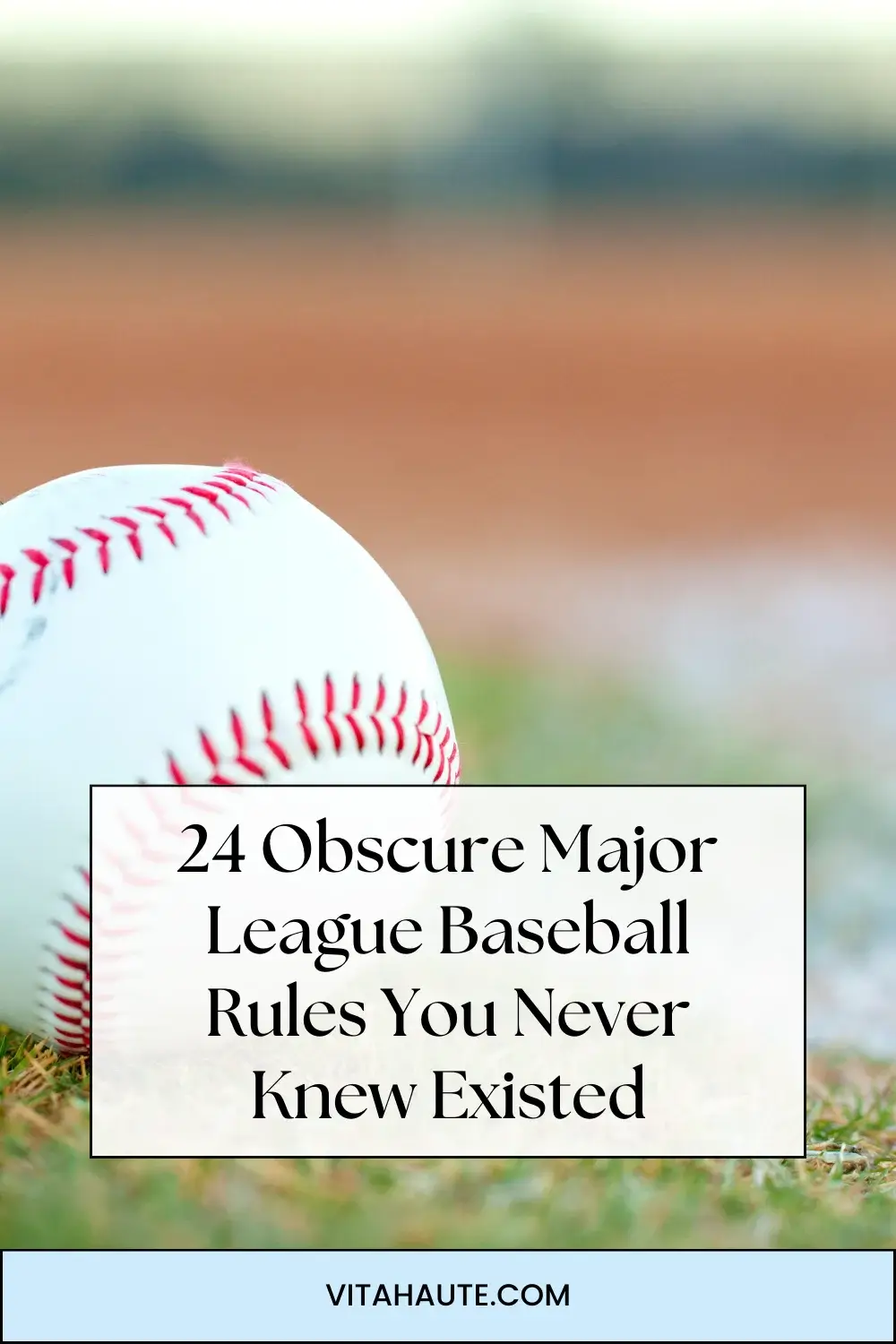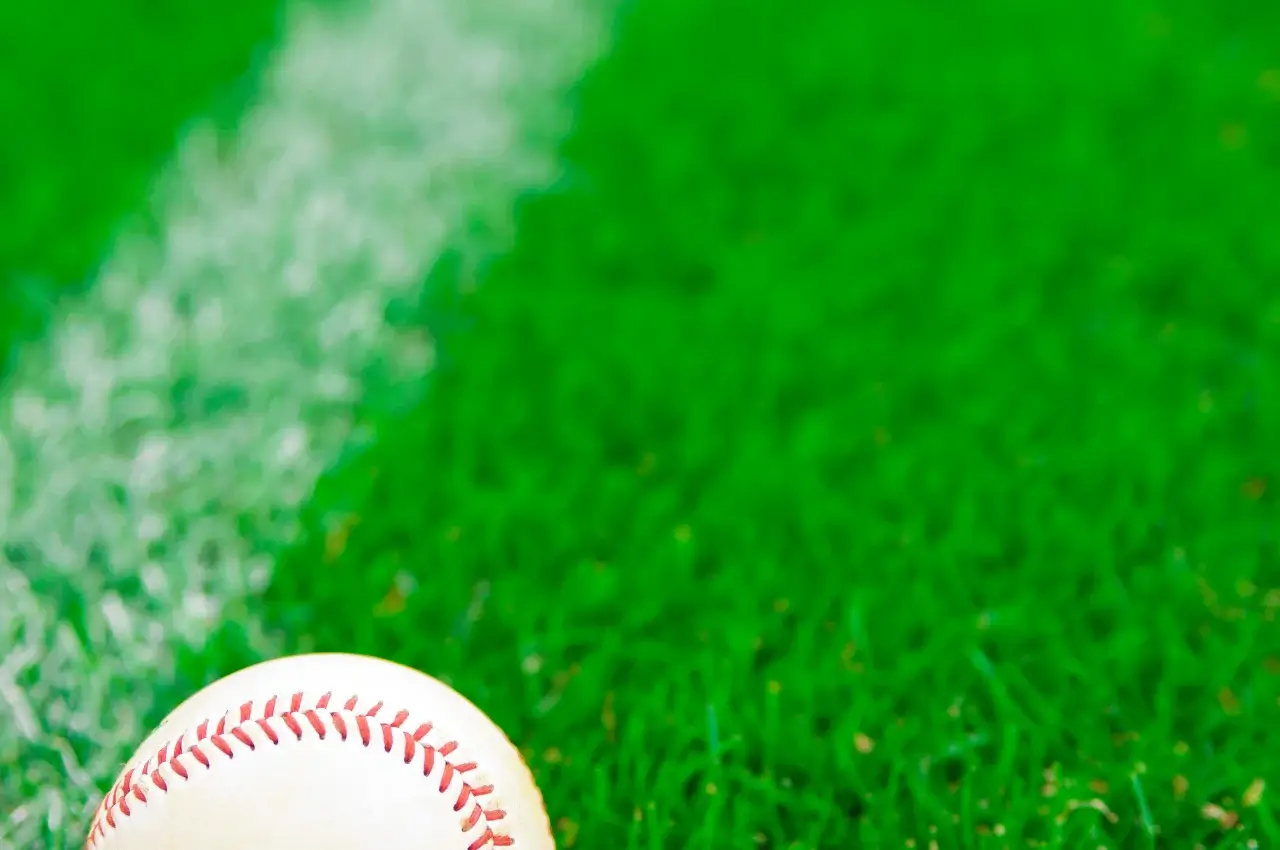Even after more than 35 years as a baseball fan, I am continuously treated to unexpected surprises. In the wake of the tumultuous year 2020, following the challenges of the pandemic, Major League Baseball ushered in a series of rules designed to not only accelerate the pace of the game but also enhance the overall enjoyment for fans. While many of these changes focused on time-related aspects, there were also a few arcane rules woven into the mix.
This post will cover 24 weird Major League Baseball rules, some of which even seasoned baseball fans and players might not be aware of. Our aim is to amplify your enjoyment of the game by revealing these hidden gems, ensuring that the excitement of surprises never dwindles for fans of this dynamic sport.
Beyond the crack of the bat and the roar of the crowd, baseball harbors a world of peculiar rules that often go unnoticed amidst the grandeur of the game. From ground rule doubles shrouded in mystery to the recent pitch timer revolution, each peculiar regulation tells a story of its own, adding an element of unpredictability to the beloved American pastime.
Every corner of the diamond holds the potential for unexpected plays. It’s moments like these that add an intriguing element of surprise to the baseball experience.
This post contains affiliate links. Please read our disclosure.
For some of the most bizarre and weirdest moments in Major League Baseball history, read:
10 of the Weirdest Moments in MLB History

1.
- Player Unable to Run Around Bases After Home Run
- Prohibition on Distractive Elements on Uniform
- Foreign Substance Use
- Ball Inspection by Umpires
- Switching Pitching Arm Rule
- Game Suspension
- 12-Second Pitch Delivery
- Pitcher’s Second Step Restriction
- Objects in Play
- Catch in Dugout or Stands
- Batting Out of Order
- Allowing to Remain in Stadium After Ejection
- Pitcher’s Mound Visit Limit
- Obstruction Rule
- Doubleheader Game Length
- Pitcher Timer Rule
- Ground Rule Triple
- Pitcher’s Quick Pitch
- Designated Hitter Rule
- Third Pickoff Attempt Rule
- Running Out of the Baseline
- Uncaught Third Strike Rule
- Hidden Ball Trick
- Official Game Inning Requirements
- Conclusion
Player Unable to Run Around Bases After Home Run
If a player hits a home run but cannot complete the base running, the team is credited with the run, the batter is awarded a home run, and any other runners on base may advance, with assistance allowed if needed.
2.
Prohibition on Distractive Elements on Uniform
Players are prohibited from attaching items, such as towels or batting gloves, to their uniform in a manner that could distract the opposing team.
3.
Foreign Substance Use
A pitcher is allowed to use a foreign substance on their body (like sunscreen or rosin) but not on the ball.
4.
Ball Inspection by Umpires
Umpires are required to inspect the baseballs before a game and can deem any unfit for play.
5.
Switching Pitching Arm Rule
A pitcher may switch his throwing arm during an at-bat only if his other arm is injured.
6.
Game Suspension
Starting from March 24, 2022, baseball games can now be stopped and continued later, even if it’s not because of rain. Before, teams had to play in bad weather, but now they can stop the game if it’s not safe or fun for players and fans.
7.
12-Second Pitch Delivery
A pitcher must deliver the ball to the batter within 12 seconds if no runners are on base. If he passes this time, the umpire may choose to call a ball.
8.
Pitcher’s Second Step Restriction
A pitcher is not allowed to take a second step toward home plate with their pivot foot.
9.
Objects in Play
If a batted or thrown ball touches an object (like a base coach) in fair territory, it’s considered in play.
10.
Catch in Dugout or Stands
If a fielder catches a fly ball and falls into a dugout or stands, the catch is legal if the fielder had both feet on the playing surface.
11.
Batting Out of Order
If a team bats out of order, the proper batter will be called out when the mistake is discovered, and any runs scored or base runners advanced will be nullified. The proper batter assumes the count and any ball-strike count on the incorrect batter is retained.
12.
Allowing to Remain in Stadium After Ejection
A manager, coach, or player may remain in the stadium after ejection only if they dress in street clothes and remain far from their teams dugout
13.
Pitcher’s Mound Visit Limit
Teams can make one 30-second mound visit per pitcher per inning, and if the same pitcher is visited twice in one inning, they must be removed. Mound visits are limited to four per team per nine innings, with exceptions for certain situations. A team may get five visits per nine innings if they’ve used four prior to then (or the final inning in the case of the losing team).
14.
Obstruction Rule
If a batter has two strikes and a player tries to steal home, and the ball hits the runner, the batter is out. If there are less than two outs, the team is credited with a run.
15.
Doubleheader Game Length
Starting with the 2022 season, double headers consisted of two seven-inning games. In 2023, MLB decided to go revert to the traditional 9-inning format for doubleheaders.
16.
Pitcher Timer Rule
Major League Baseball introduced a 30-second pitch timer between batters and a 15-second timer with bases empty, aiming to quicken the pace of play starting in 2023. Violations result in automatic penalties, including balls for pitchers and strikes for batters, with specific regulations for pickoff attempts and mound visits.
17.
Ground Rule Triple
A ground rule triple in baseball occurs when a player touches a ball in play with his hat or mask in fair territory. The batter and any runners are awarded three bases from the time of the pitch. The rule was also in effect during the 1903 World Series, when three bases would be awarded if a ball passed a rope separating the crowd from the field. 17 round rule triples were hit during that series.
18.
Pitcher’s Quick Pitch
If a pitcher delivers a pitch too quickly without giving the batter adequate time to set, the umpire can call a ball.
19.
Designated Hitter Rule
In the Major leagues, as of the 2022 season, a designated hitter (DH) is requited to bat for the pitcher, saving pitchers from having to bat. One of the most outstanding designated hitters in baseball today is Shohei Ohtani, who has won 3 Edgar Martinez Outstanding Designated Hitter Awards.
20.
Third Pickoff Attempt Rule
If a pitcher attempts a third pickoff with runners on base and is unsuccessful, the runner automatically advances one base. This limit resets if a runner or runners advance during the plate appearance.
21.
Running Out of the Baseline
Baserunners are not allowed to run more than three feet away from the baseline to avoid a tag. If a runner does so to avoid a tag, they can be called out.
22.
Uncaught Third Strike Rule
If a batter swings and misses at a third strike, and the catcher doesn’t catch the ball, the batter can attempt to run to first base, and if successful, they reach base safely.
23.
Hidden Ball Trick
While not explicitly defined as a rule, a fielder has the opportunity to tag a baserunner out if they employ the deceptive tactic of retaining possession of the ball after an apparent play, catching the baserunner off guard when they leave the base.
24.
Official Game Inning Requirements
If a Major League Baseball game is canceled before it becomes an official game (before completing five innings–or 4.5 innings if the home team is ahead), it’s considered as if it never happened. All statistics and records from the game are wiped out as if the game never took place.
Conclusion
From the intricacies of the “Pickle Rule” to the strategic limitations imposed by the “Third Pickoff Attempt Rule,” and others, each rare MLB baseball rule we’ve uncovered in our article offers a unique glimpse into the nuanced world of America’s favorite pastime. Learning about and seeing them applied in games will add an extra layer of excitement to the game. I hope our article has helped to enhance your appreciation of the game, which undoubtedly keeps the spirit of baseball alive for both seasoned fans and newcomers alike.
